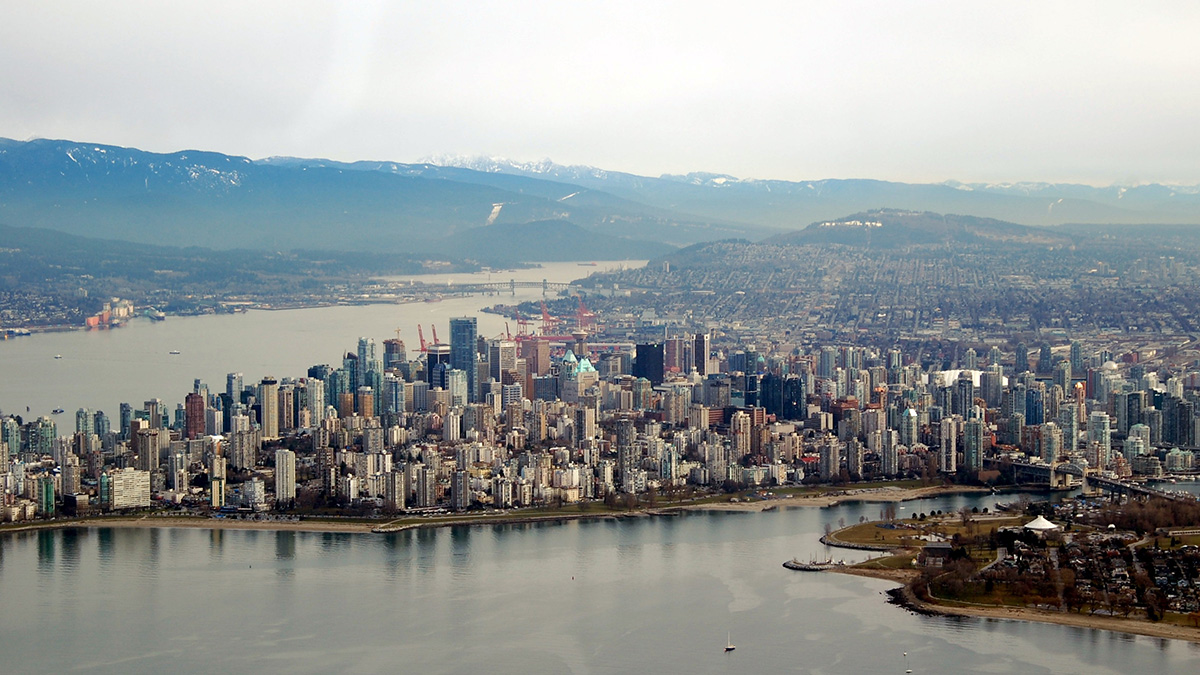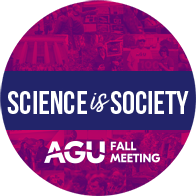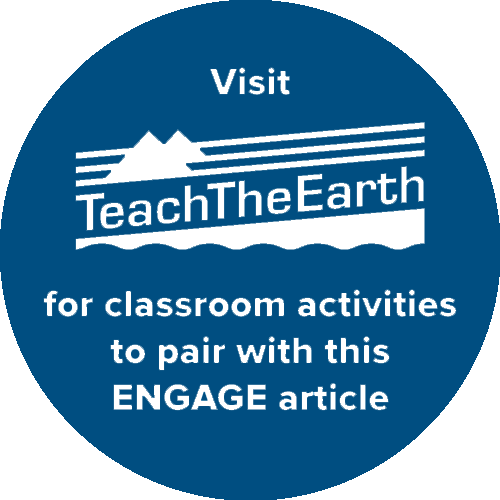Kristen Haase, an assistant professor of nursing at the University of British Columbia (UBC), was house hunting in a Vancouver suburb this spring when something off-putting forced her to search elsewhere. The reason wasn’t the price or the neighborhood—it was the smell. A distinct rotten-egg odor infiltrated her every whiff.
Bad smells do more than simply scare off potential homebuyers: Exposure to them can also impact human health and well-being. But quantifying stinky odors is difficult because smell is inherently subjective, and sniffs are often influenced by weather and interacting particles.
To bridge this data gap, Canadian researchers launched Smell Vancouver, a Web application that allows residents to report stenches. By combining crowdsourced science with particle tracing, meteorological models, and mobile monitoring, the team can track smells to uncover their sources. These methods, which will be presented on 14 December at AGU’s Fall Meeting 2021, allow the team to map an urban “smellscape,” said UBC environmental scientist Amanda Giang, a principal investigator on the project.
“It’s really hard to understand odor impacts without engaging the people who are actually experiencing this odor,” Giang said. “Getting that kind of civic and community engagement allows us to ask questions that otherwise we would not be able to ask.”
Nosing Around the Community
Residents of Vancouver have submitted nearly 600 smell reports since the app launched in December 2020. Along with the date and time, participants input the offensiveness and strength of the odor and try to capture the smell in a few words. They also select accompanying symptoms and reactions, such as closing windows or staying indoors.
“We had a qualitative idea of odor being a personal experience. But now, we can see that in numbers as well.”
Preliminary analyses have painted a vivid picture of Vancouver’s bad odors. “Burning” and “smoky” were popular descriptors in winter months, whereas “rotting” and “compost” reigned in the summer, Giang said. Suspected causes also repeatedly materialized: cannabis cultivation, composting, and meat processing facilities. In fact, the researchers found that 21% of the reported odors were associated with garbage, and 17% were associated with chemicals. Another 6% linked to a “skunky” odor often connected to cannabis and cannabis cultivation facilities.
Perhaps most interesting, however, was how similar smells, symptoms, and reactions didn’t cluster as the team thought they would, said lead researcher Sahil Bhandari, a postdoctoral fellow at UBC. Instead, reports revealed hundreds of combinations of hyperlocal olfactory experiences.
“We had a qualitative idea of odor being a personal experience. But now, we can see that in numbers as well,” Bhandari said.
Hunting Smelly Sources
In the project’s next phase, the researchers will use models of local winds and weather to trace each reported smell’s likely path. If that air parcel floats over a noted stinky facility, the team will attach a probability to that spot as an origin.
Starting in 2022, the Smell Vancouver project will also go mobile. An equipped van will drive around the city to investigate reported odor hot spots. The vehicle will measure volatile organic compounds, ultrafine particles, and air contaminants, such as carbon monoxide and ozone. This tactic will replace stationary and pricier air pollution tracking methods, according to Bhandari.
“This citizen science approach of odor monitoring, combined with the mobile monitoring approach for air pollution, brings together this new combination where it reduces the cost but also connects more to the people on the ground,” he said.
Converting Sniffs into Action
Odors aren’t typically tested by regulatory networks, said air quality researcher Nick Clements of the University of Colorado Boulder. That’s why community science projects like Smell Vancouver can prioritize afflicted communities by connecting neighborhood problems to policymakers, said Clements, who was not involved with the study.
“These apps are hugely important for closing that gap,” he said, adding that civic groups should use the resulting data to make local improvements.
By working together with regional and national stakeholders, like the British Columbia Centre for Disease Control, the team hopes to do just that, Giang said. “Letting people share their experiences with each other can be empowering and allow residents to organize, identify patterns, and advocate for their interests,” she said.
—Brittney J. Miller (@BrittneyMiller), Science Writer
This news article is included in our ENGAGE resource for educators seeking science news for their classroom lessons. Browse all ENGAGE articles, and share with your fellow educators how you integrated the article into an activity in the comments section below.



